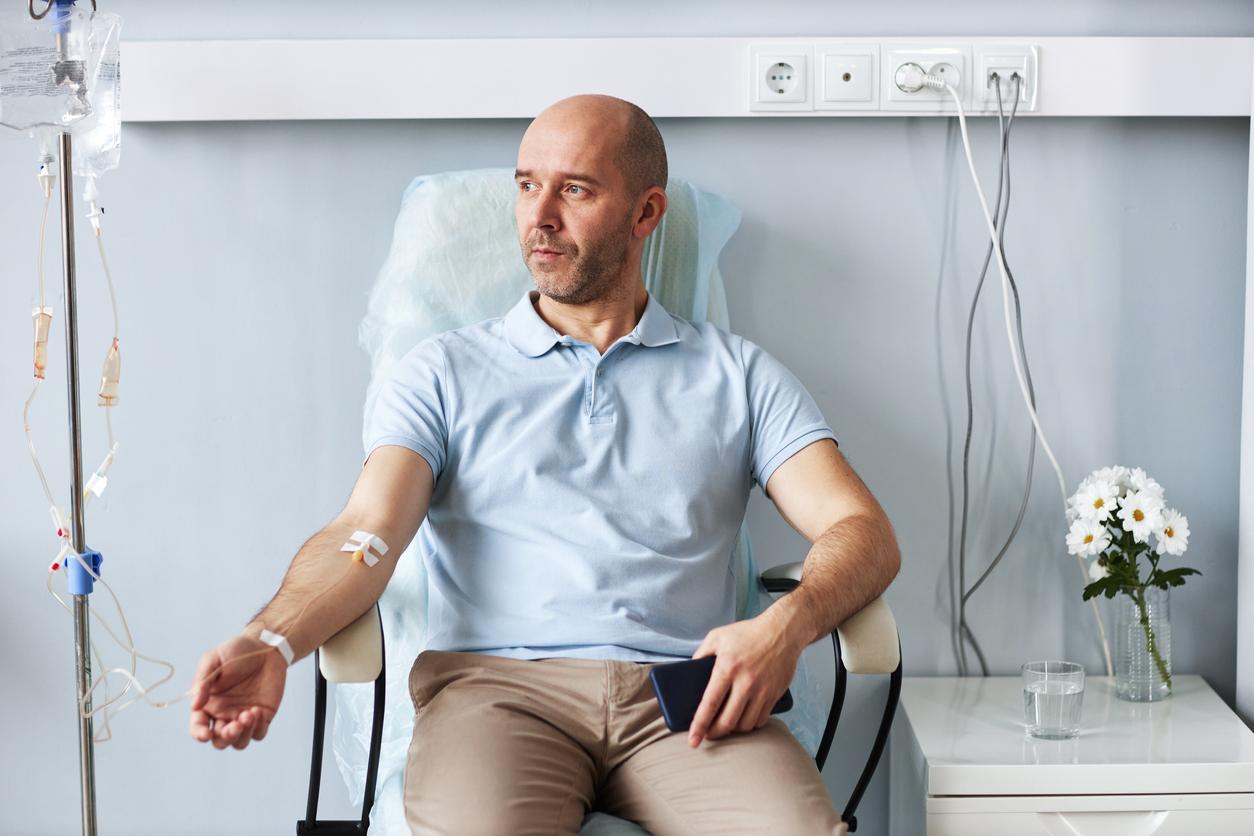
Like the green nursing home on Texel
We can opt for green electricity, a responsible bank account and an electric car. There are also more and more sustainable alternatives for healthcare, a polluting sector. How about a green nursing home on Texel? Interesting examples were presented at the conference on sustainability in healthcare, which the Ministry of Health held on 7 October.
For those who are still in doubt: climate change is the greatest threat to human health, says the World Health Organization. Climate change threatens clean air, clean drinking water, food supplies and a safe place to live. According to the WHO, 13 million climate deaths are caused by direct and indirect effects of climate change every year. Think of air pollution, disease outbreaks, extreme weather conditions, mandatory relocations, less food security and pressure on mental health. An approach to pollution and sustainability is therefore urgently needed.
Be a polluter yourself
Healthcare can thereby take its own initiative and also start to pollute less, says WHO program manager Dorota Jarosińska at the annual conference on sustainable care. To cite an example: the Dutch healthcare sector is responsible for no less than 7 percent of national greenhouse gas emissions. So there may be more green doctors, nursing homes and hospitals. For example, there are climate targets drawn up for healthcare buildings, with plans to drastically reduce CO2 emissions. More examples of ‘green’ care were presented at the congress:
Example: the green nursing home
Frido Kraanen, director of the Omring Care Organization, talks about plans to open a green nursing home on Texel. This plan was very appealing, because it got the jury prize Sustainable Care Idea 2021. It concerns a fully sustainable nursing home on Texel, with the current Vrije School on the corner Beatrixlaan/Gasthuisstraat in Den Burg as the intended location.
Example: less diabetes waste
With the initiative ‘#plasticdiabetessoup’, people with diabetes draw attention to the large amount of plastic waste that they unintentionally throw away every day. They have no other choice, because they need the diabetes tools such as syringes and tweezers. But couldn’t that be better? For example, is such a large package leaflet necessary every time, if you have been taking the medicines for years? A QR code could also suffice. With these kinds of ideas, they will stimulate the industry to develop greener alternatives. This initiative won the audience award at the conference.
Example: district nursing on the ebike
District nurses who come by on an ebike, instead of by car. The employees of Vierstroom Zorg Thuis have made this switch. They got an ebike from the company. Incidentally, it is not just any ebike, but a special model that lasts extra long with a full battery.
Example: green GPs
The NHG knowledge organization for general practitioners has released an e-book with which the general practitioner can make the practice greener. Think of making the building, furnishing, practical implementation and consultation more sustainable.
Example: green intensive care
The intensive care unit of a hospital is not only life-saving, but unfortunately also very polluting. IC pharmacist Nicole Hunfeld of Erasmus MC strives for an IC without waste, whereby raw materials are reused. She is working on this in her project ‘The green intensive care’. She will first map out how much materials and raw materials are used, and then look at how things can be reduced. She also lives in September an award for this initiative.
In March’s Plus Magazine we will pay more attention to ‘green’ care. Do you have experience with this? Mail us: health@roularta.nl
















